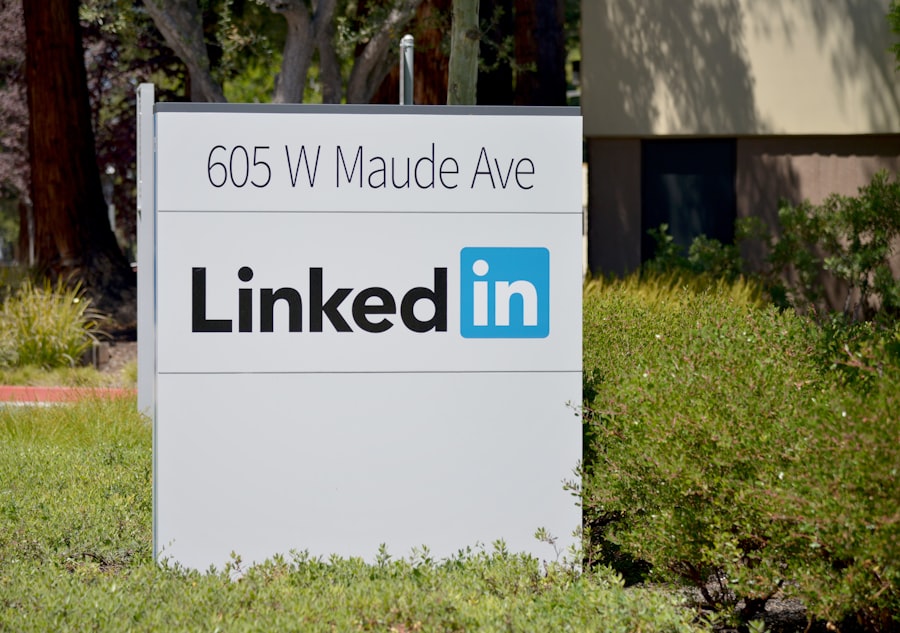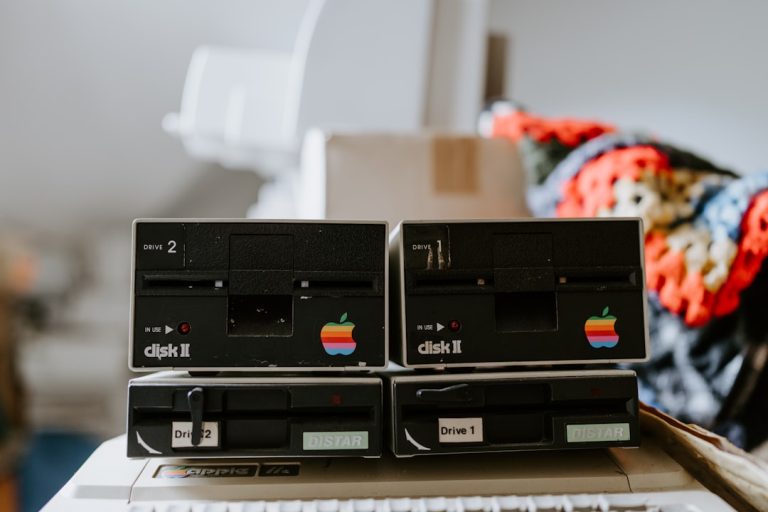
The advent of streaming technology has fundamentally transformed the landscape of the music industry, ushering in a new era characterized by unprecedented accessibility and convenience. In the early 2000s, the rise of platforms like Napster and later Spotify, Apple Music, and Tidal marked a significant shift from traditional music consumption methods, such as purchasing physical albums or downloading individual tracks. This transition has not only altered how listeners engage with music but has also reshaped the entire ecosystem surrounding music production, distribution, and consumption.
The streaming revolution has democratized access to music, allowing listeners to explore vast catalogs of songs from around the world with just a few clicks. As streaming services have proliferated, they have also introduced new business models that challenge the long-standing paradigms of the music industry. The traditional revenue streams, primarily reliant on album sales and radio play, have been disrupted as consumers increasingly favor subscription-based models that offer unlimited access to music for a monthly fee.
This shift has prompted record labels, artists, and industry stakeholders to adapt to a rapidly evolving environment where consumer preferences dictate the terms of engagement. The streaming revolution is not merely a technological advancement; it represents a cultural shift that has redefined how music is created, marketed, and consumed in the 21st century.
Key Takeaways
- The streaming revolution has transformed the way people consume music, making it more accessible and convenient than ever before.
- Music consumption habits have shifted towards streaming platforms, with a decline in physical and digital album sales.
- Record sales and revenue have been impacted by the rise of streaming, leading to changes in the way artists and record labels generate income.
- Streaming has increased artist exposure and discoverability, allowing independent and emerging artists to reach a wider audience.
- The shift to streaming has changed marketing and promotion strategies in the music industry, with a focus on playlist placement and social media engagement.
Changes in Music Consumption Habits
The way people consume music has undergone a seismic shift in recent years, driven largely by the convenience and accessibility offered by streaming platforms. Listeners are no longer tethered to physical media or limited by geographical constraints; instead, they can access millions of songs from virtually anywhere at any time. This has led to a significant change in listening habits, with many consumers opting for curated playlists and algorithm-driven recommendations over traditional album listening.
The concept of the “album” itself has evolved, as singles and EPs often take precedence in a landscape where instant gratification is paramount. Moreover, the rise of mobile devices has further accelerated this trend. With smartphones becoming ubiquitous, users can carry their entire music libraries in their pockets, leading to an increase in on-the-go listening.
This shift has also influenced how people discover new music; rather than relying on radio stations or physical record stores, listeners now turn to social media platforms and streaming algorithms to find their next favorite artist. The immediacy of streaming services allows for a more dynamic interaction with music, where trends can emerge overnight and songs can go viral through platforms like TikTok or Instagram.
Impact on Record Sales and Revenue

The impact of streaming on record sales and revenue generation has been profound and multifaceted. As consumers increasingly gravitate towards streaming services, traditional album sales have seen a marked decline. According to the Recording Industry Association of America (RIAA), physical album sales have plummeted over the past decade, with digital downloads following suit.
In contrast, streaming revenue has surged, accounting for a significant portion of total music industry revenue. This shift has forced record labels to rethink their business models and revenue strategies, as they navigate a landscape where traditional sales are no longer the primary source of income. However, while streaming has created new revenue opportunities, it has also raised concerns about fair compensation for artists.
The per-stream payout model employed by most streaming services often results in artists receiving only a fraction of a cent for each stream. This has sparked debates about the sustainability of this model for musicians, particularly independent artists who may struggle to gain traction in an oversaturated market. As a result, many artists are exploring alternative revenue streams such as merchandise sales, crowdfunding campaigns, and live performances to supplement their income in an era where streaming royalties alone may not suffice.
Artist Exposure and Discoverability
| Platform | Metrics |
|---|---|
| Spotify | Monthly Listeners |
| YouTube | Views |
| Followers | |
| SoundCloud | Plays |
One of the most significant advantages of the streaming revolution is the enhanced exposure it offers to artists, particularly those who may have previously struggled to gain visibility in a crowded marketplace. Streaming platforms provide a level playing field where independent musicians can upload their work and reach global audiences without the backing of major record labels. This democratization of access has led to an explosion of diverse musical genres and styles, allowing listeners to discover artists from different cultural backgrounds and regions.
Curated playlists and algorithmic recommendations play a crucial role in this newfound discoverability. Platforms like Spotify and Apple Music employ sophisticated algorithms that analyze user behavior to suggest new music tailored to individual tastes. Additionally, editorial playlists curated by industry experts can catapult lesser-known artists into the spotlight, providing them with exposure that was once reserved for established acts.
For instance, songs featured on Spotify’s “Today’s Top Hits” playlist can experience dramatic increases in streams and downloads, illustrating how streaming services have become essential tools for artist promotion.
Shift in Marketing and Promotion Strategies
The rise of streaming has necessitated a fundamental shift in how artists market and promote their music. Traditional marketing strategies that relied heavily on physical album releases and radio play have become less effective in an environment dominated by digital consumption. Instead, artists are increasingly leveraging social media platforms to engage with fans directly and build their brands.
Platforms like Instagram, TikTok, and Twitter allow musicians to share behind-the-scenes content, interact with followers, and create viral moments that can drive traffic to their music. Moreover, data analytics have become integral to modern marketing strategies. Artists and labels can now track listener demographics, engagement metrics, and streaming patterns to tailor their promotional efforts more effectively.
For example, understanding which regions are responding positively to a particular song can inform targeted advertising campaigns or tour planning. This data-driven approach enables artists to make informed decisions about their marketing strategies, maximizing their reach and impact in an ever-evolving digital landscape.
Challenges for Independent and Emerging Artists

The Struggle for Visibility
Streaming platforms present a double-edged sword for independent and emerging artists. On one hand, they offer unparalleled opportunities for exposure. On the other hand, they pose significant challenges. The sheer volume of content available on these platforms means that standing out can be an uphill battle. With millions of tracks uploaded daily, even high-quality music can get lost in the noise if not accompanied by effective marketing strategies.
The Resource Gap
Many independent artists lack the resources or industry connections necessary to promote their work effectively, making it difficult for them to gain traction. The financial model of streaming can be particularly challenging for emerging artists who may not yet have a substantial fan base. The low per-stream payout means that artists need millions of streams just to earn a modest income from their music.
The Consequences of a Challenging Industry
This reality can discourage new talent from pursuing their passion or lead them to seek alternative avenues for revenue generation. As a result, many independent musicians are forced to juggle multiple jobs while trying to build their careers in an industry that often prioritizes established acts over newcomers.
Influence on Live Music and Concerts
The streaming revolution has also had a profound impact on live music and concert experiences. As artists gain exposure through streaming platforms, they often find themselves with larger audiences when it comes time to perform live. This increased visibility can lead to sold-out shows and lucrative touring opportunities for those who successfully leverage their online presence into real-world engagement.
However, this shift also means that live performances have become more competitive; artists must not only create compelling music but also deliver memorable live experiences that resonate with fans.
With traditional concert venues closed for extended periods, many artists turned to virtual performances as a way to connect with fans while generating income.
Platforms like Twitch and YouTube became popular venues for live-streamed concerts, allowing artists to reach global audiences without geographical limitations. This trend has persisted even as live events have resumed; hybrid concert models that combine in-person attendance with virtual access are becoming increasingly common.
Future of the Music Industry in the Streaming Era
Looking ahead, the future of the music industry in the streaming era is likely to be shaped by ongoing technological advancements and evolving consumer preferences. As artificial intelligence continues to develop, we may see even more sophisticated algorithms that enhance music discovery and personalization for listeners. Additionally, advancements in virtual reality (VR) and augmented reality (AR) could revolutionize how fans experience live performances, creating immersive environments that blend digital and physical elements.
Furthermore, discussions around fair compensation for artists are likely to intensify as stakeholders seek solutions that balance the interests of consumers with those of creators. The emergence of blockchain technology offers potential avenues for more transparent royalty distribution models that could benefit independent musicians while ensuring that they receive fair compensation for their work. In conclusion, while the streaming revolution has brought about significant changes in how music is consumed and monetized, it also presents ongoing challenges that require adaptation from all corners of the industry.
As artists continue to navigate this complex landscape, their ability to innovate and connect with audiences will be crucial in shaping the future of music in an increasingly digital world.
The impact of streaming on the music industry has been a hot topic of discussion in recent years. As more and more people turn to streaming services to consume music, the industry has had to adapt to this new reality. One interesting article that delves into this topic further can be found on sersea.media. This article explores how streaming has changed the way music is consumed and how artists and record labels are navigating this new landscape. It provides valuable insights into the challenges and opportunities that streaming presents for the music industry.
FAQs
What is streaming in the music industry?
Streaming in the music industry refers to the digital distribution of music over the internet. It allows users to listen to music on-demand without the need for physical copies or downloads.
How has streaming impacted the music industry?
Streaming has significantly impacted the music industry by changing the way music is consumed. It has led to a decline in physical album sales and digital downloads, while increasing the accessibility and convenience of music consumption.
What are the benefits of streaming for the music industry?
Streaming has provided the music industry with new revenue streams, as well as opportunities for artists to reach a global audience. It has also allowed for more accurate tracking of music consumption and user preferences.
What are the challenges of streaming for the music industry?
One of the challenges of streaming for the music industry is the relatively low royalty rates paid to artists and songwriters. Additionally, the abundance of music available on streaming platforms has led to concerns about discoverability and fair compensation for all artists.
How have streaming platforms impacted music consumption habits?
Streaming platforms have led to a shift in music consumption habits, with users favoring access to a vast library of music over ownership of individual albums or songs. This has also led to the rise of playlist culture and algorithm-driven music recommendations.
What are some popular streaming platforms in the music industry?
Popular streaming platforms in the music industry include Spotify, Apple Music, Amazon Music, and Tidal, among others. These platforms offer a wide range of music content and features for both listeners and artists.


